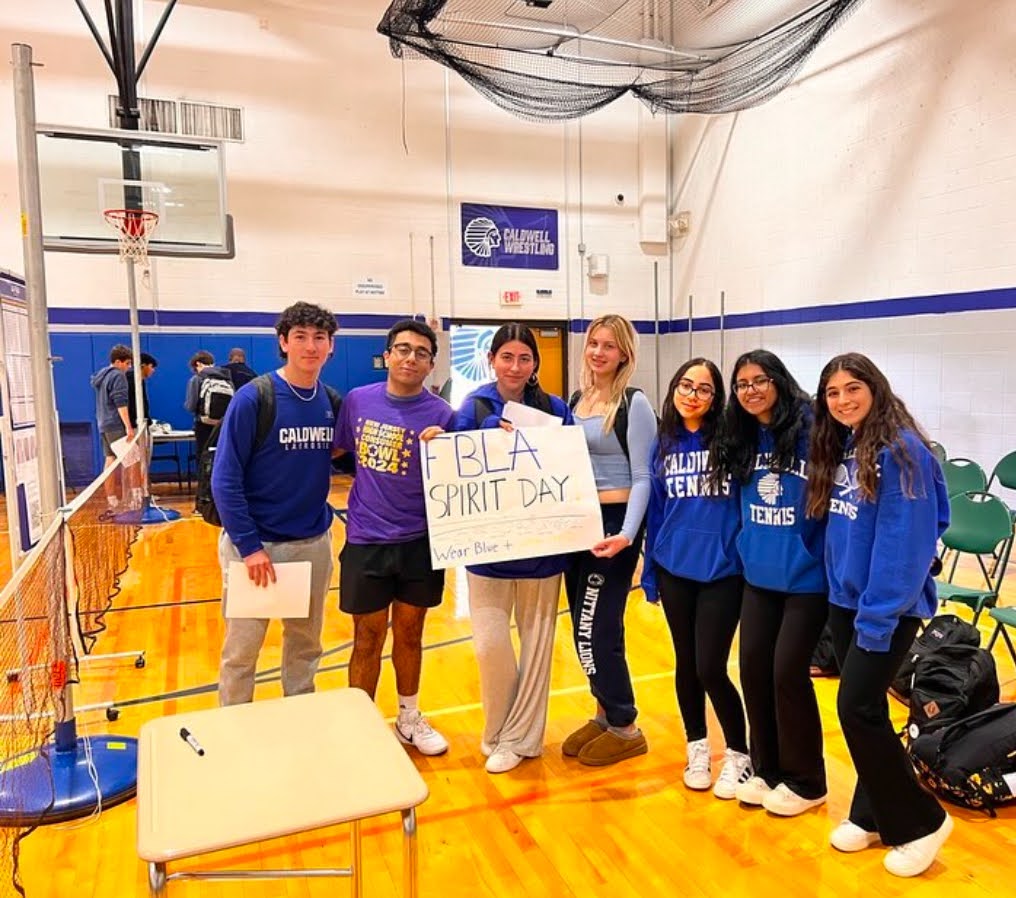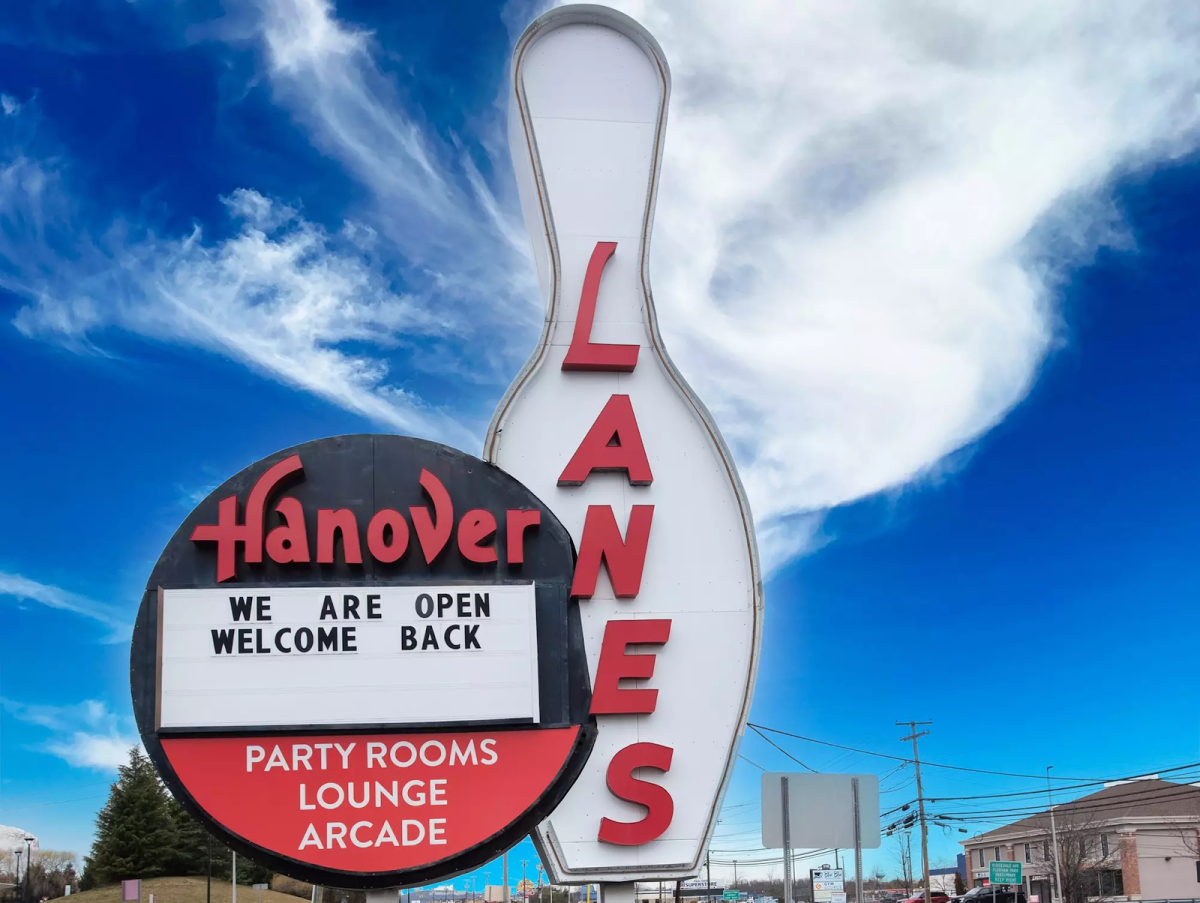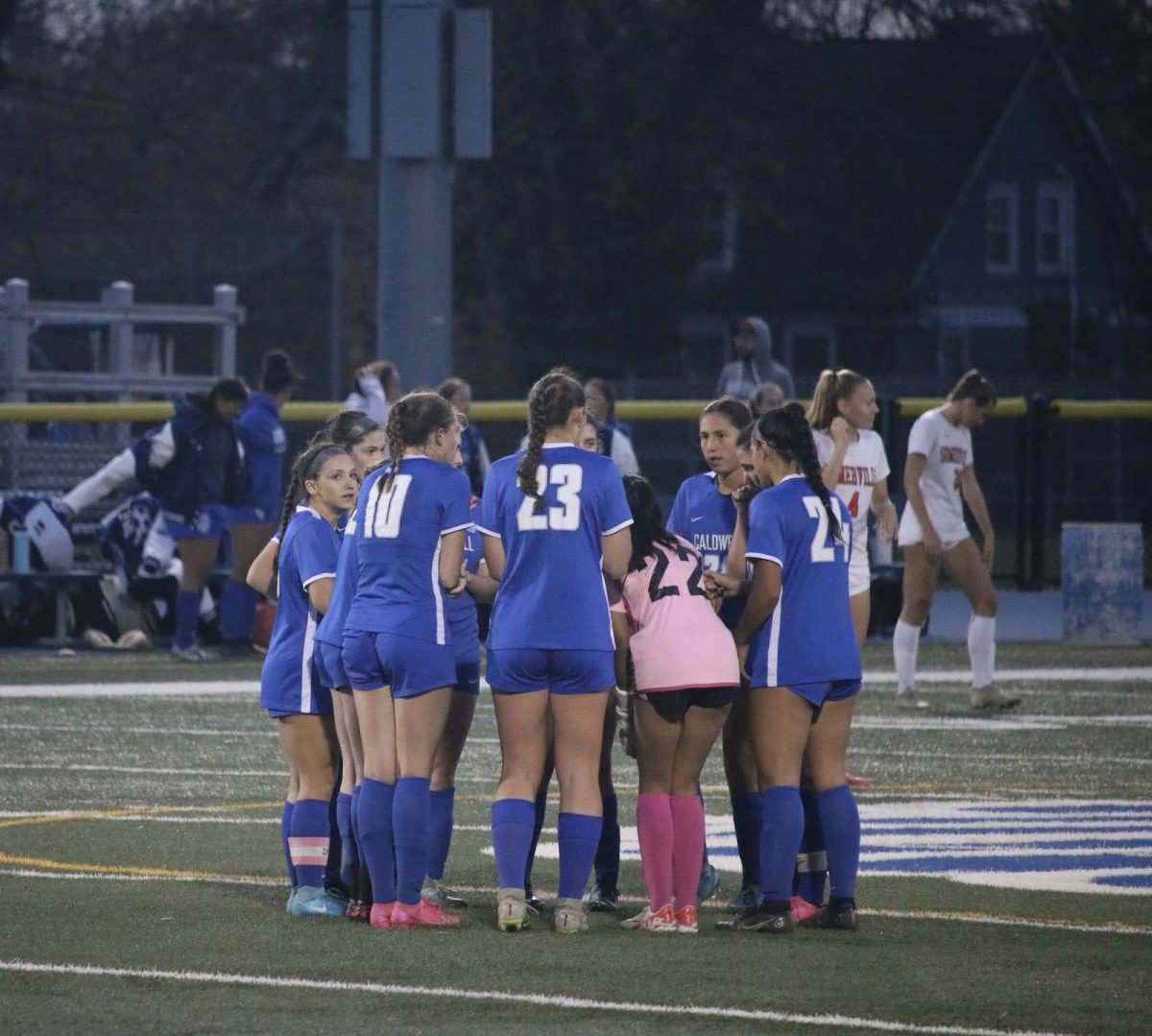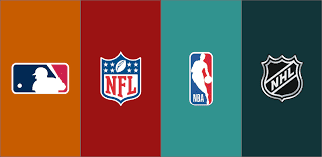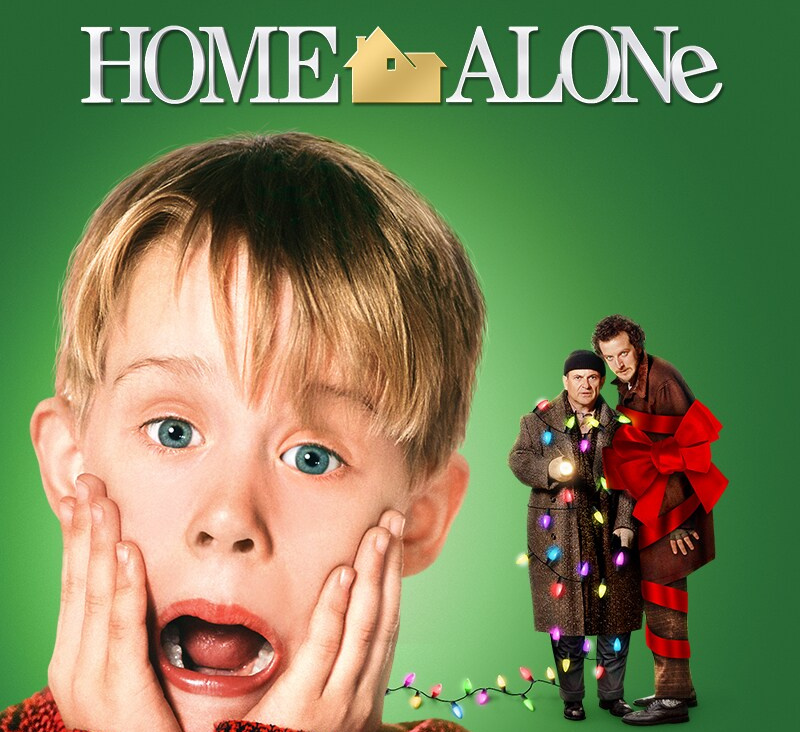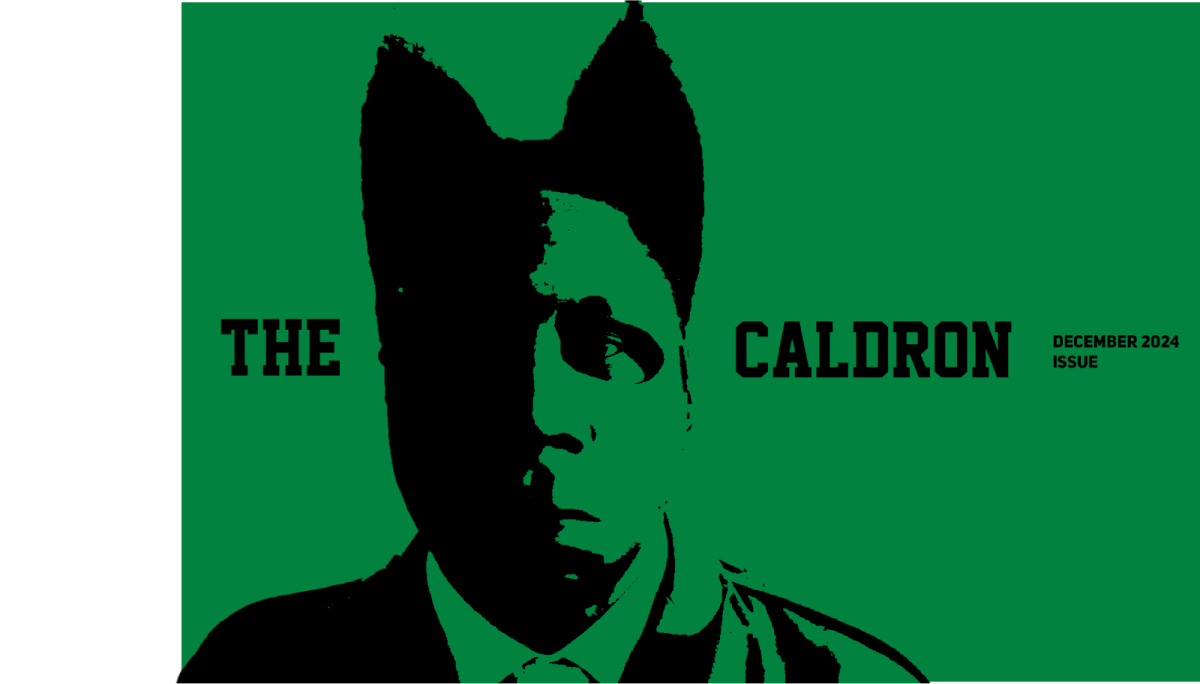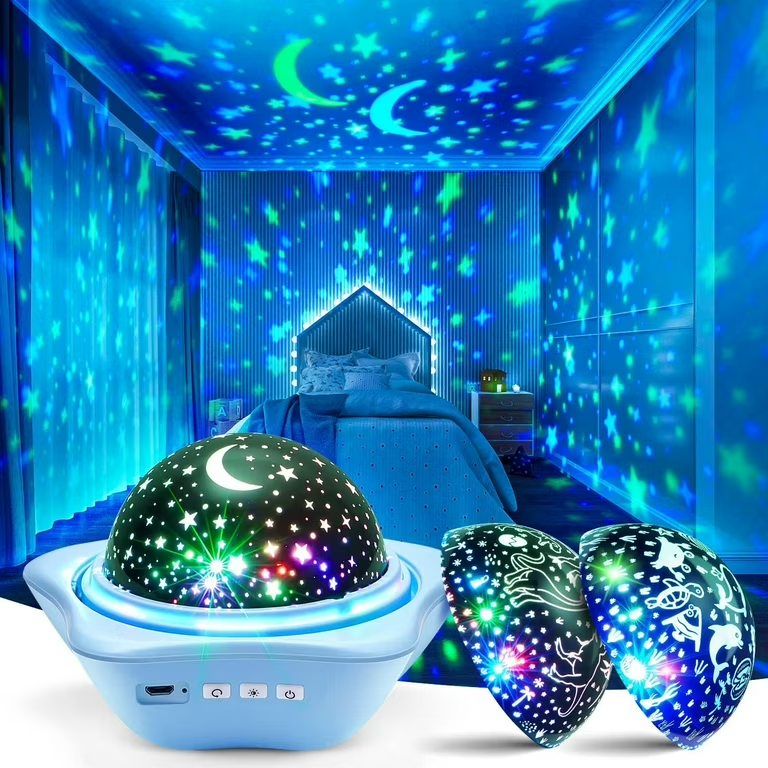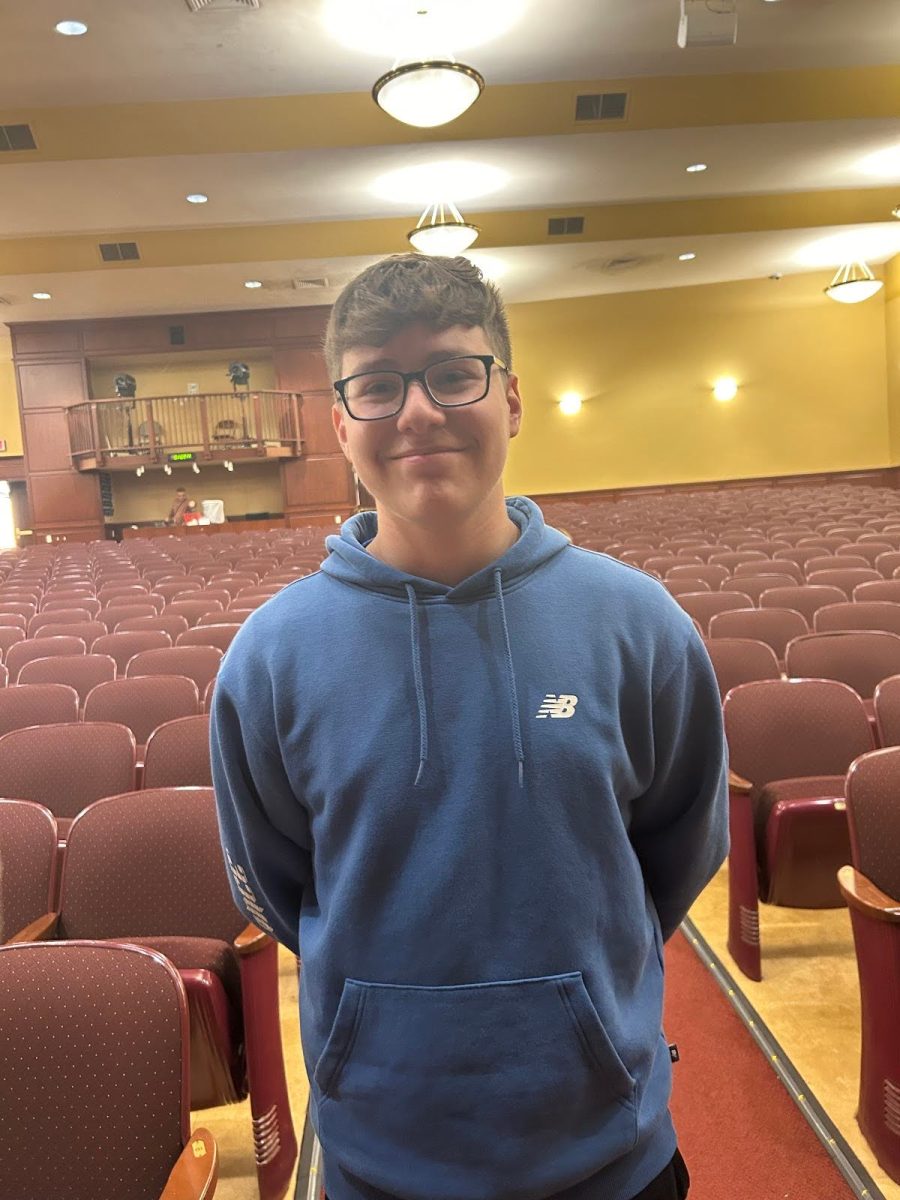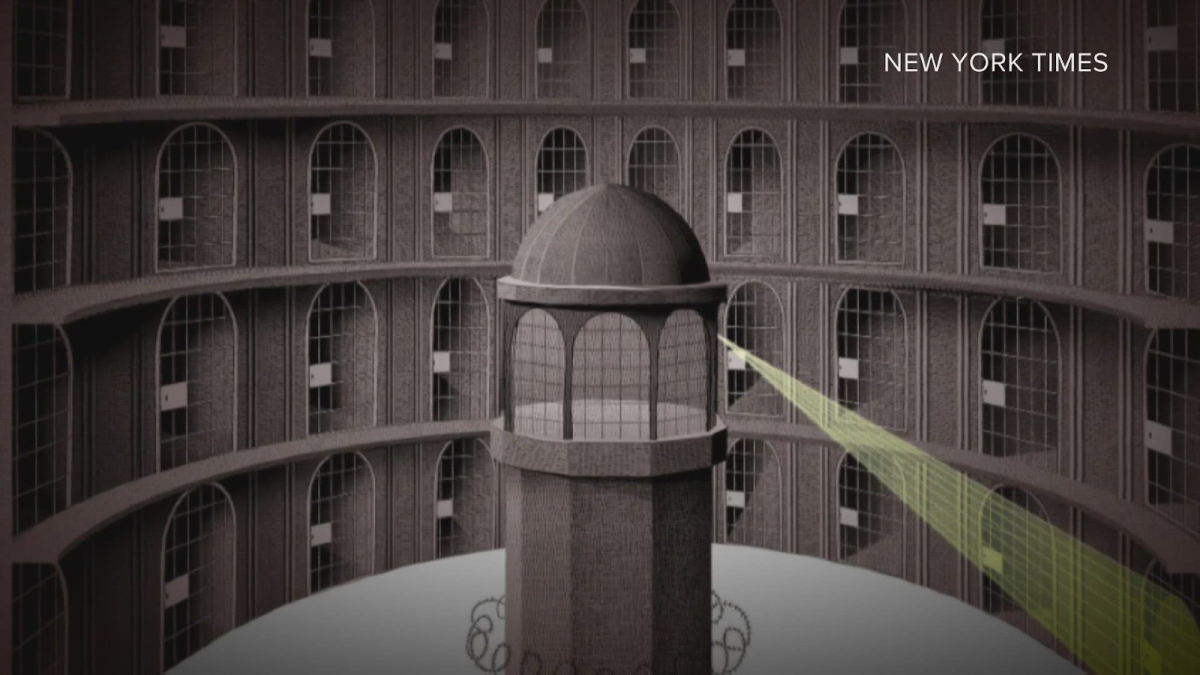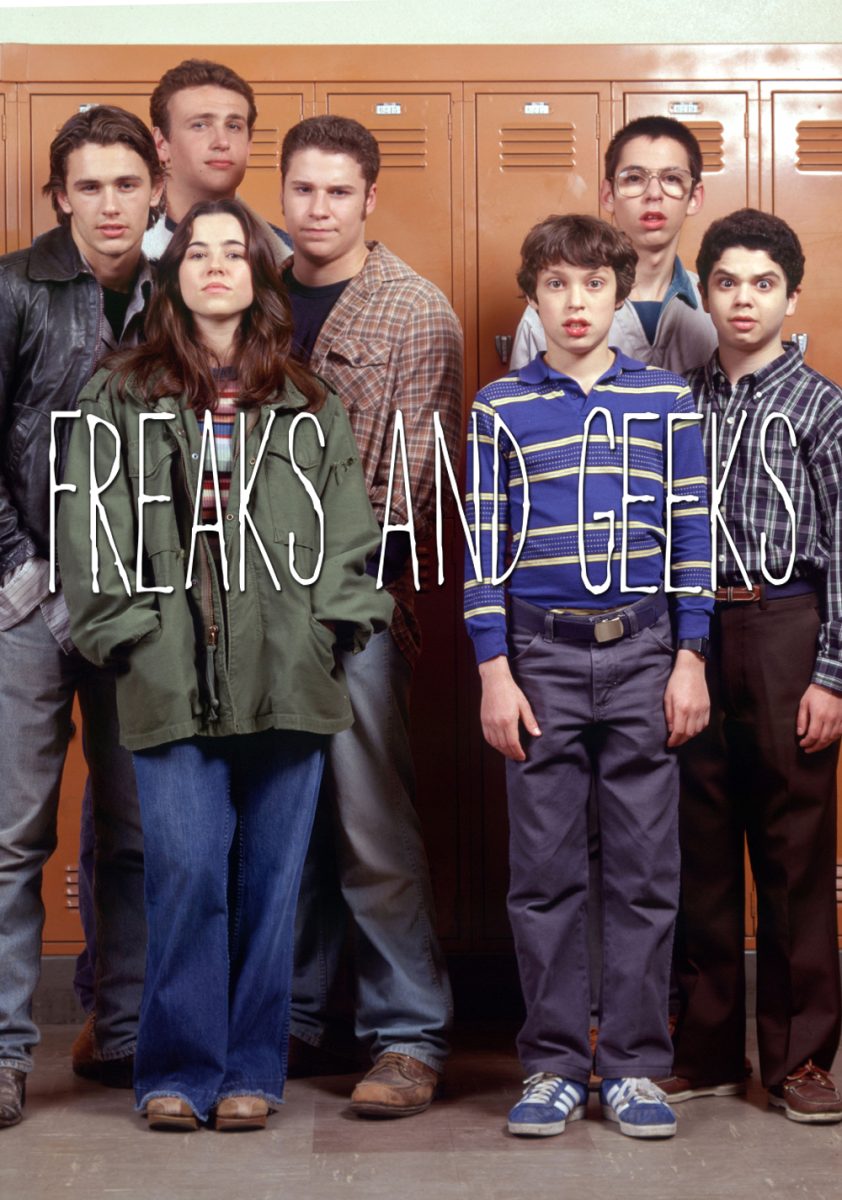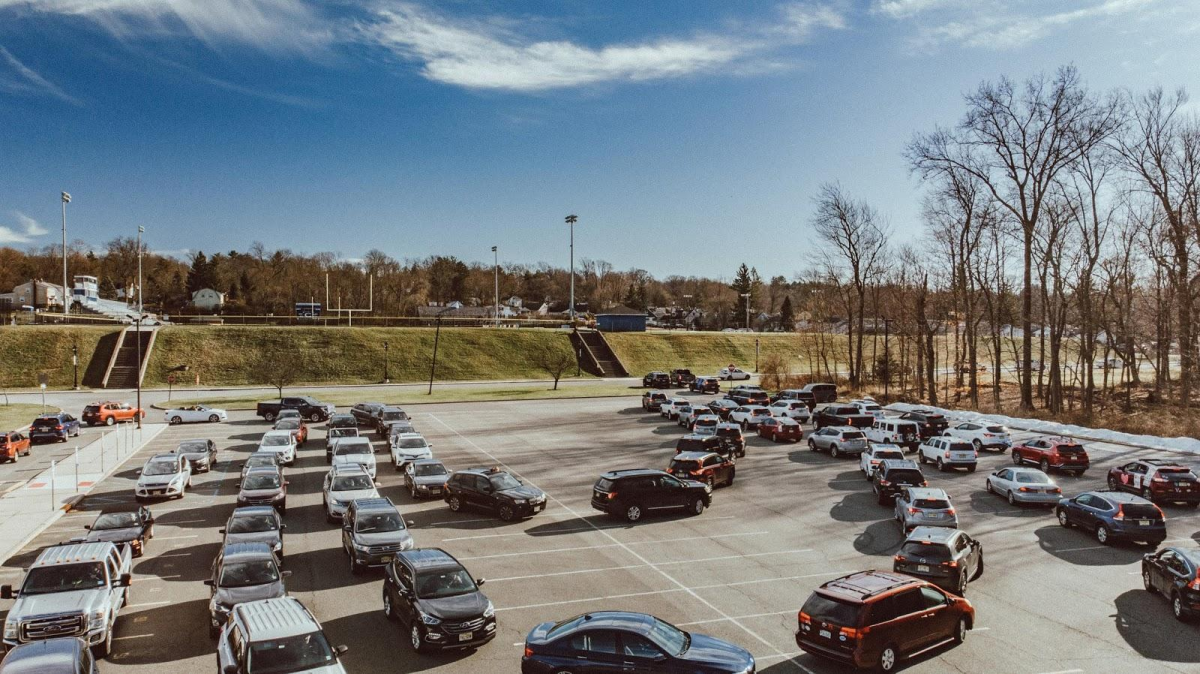By Jessica Bisciotti
At age 28, my mother decided that she was going to pick up and move from Europe to the United States. Although she did not know a lick of English, and would be fending for herself, all she could think about was what it would finally feel like to live in the land of dreams where the streets are painted gold. For many immigrants, the reality that they face when the reach the U.S is not at all what they pictured. However, nothing could distract them from trying to enjoy their new life. After all, to them this is the land that has it all–all except for public healthcare.
Americans spend $2.8 trillion annually on healthcare, which is about $8500 a person. In the age where college graduates begin life in debt, the last thing many people want to be thinking about is how to scrape together enough money to figure out why they’ve had a sore throat for a week.
Luckily there is a holy grail for those who can’t afford a $1700 x-ray for the arm they broke rollerblading– insurance. For those who have it, there’s no denying that it is a huge help. But copays and services that are not covered can add up very quickly. For example, one of my perceptions is $120 per refill, and as a 16 year old, I barely make that much every two weeks. Thus, my parents are stuck with the bill. Although we have good insurance, some costs are inevitable. Now we explore the percentage of those who unfortunately are not medically covered. The cost of a private insurance can range to one or several thousands of dollars a month. These thousands of dollars do not guarantee coverage in all specialties, and it definitely does not mean copay free care.

If the health care system was to break off into an economy of its own, it would be the fifth largest in the world. So for a country with the biggest and most lucrative healthcare system in the world, wouldn’t you think that the citizens of the U.S would take advantage? The answer is an astounding “no.” The United States averages the least amount of doctors visits per person than any other country, the average being 4.1 annually. This is concrete data that confirms what everybody has already thought; people in the U.S would rather either suffer with an illness or pain, or never know what is truly wrong with them than pay outrageous prices for the care they need. The sad reality, many serious illnesses such as cancer, AIDS, etc. could be caught early enough to treat effectively, but because of the lack of want to pay for what seems like a normal doctor’s visit, and due to insurance’s lack of covering pre-existing conditions, there are cases where an illness is far too progressed to treat.
I would like to leave you with one final story. When I was in the sixth grade, my days after school consisted of walking up the avenue to my favorite place, Dunkin Donuts. The ritual of going there became so frequent that the employees knew my order by heart, and some days would have it waiting for me when I got there. Of course as a Dunkin regular, I began to know the other regulars personally. Three elderly people used to sit by the window every day, and they always greeted me happily. One of the men had often told me about his countless heart surgeries. Years later, as a junior in high school I ran into him again and he inspired this article. This Caldwell resident of 40 years shook me to the bone when he uttered the words “I’m living out of my car.” The man I had known so well underwent two heart surgeries this past summer, leaving him in irreparable debt. The man who had spent time with his friends at Dunkin Donuts for an hour a day is now there all day, for it’s the only place he can be. This man is the generation that helped make Caldwell the place that it is today, and without hesitation, his life has been uprooted.
This is just one example of the battle citizens are fighting against American healthcare every day. Our incredible technology and clinical trials can be life changing and empowering. Despite the fact that I am proud to say I live in an age where death defying and life saving treatment is available, I am confident in my belief that it has done more harm than good. American healthcare, saving your life while leaving you nothing left to live for.
Click on the link below for an eye opening video “If air travel worked like healthcare.”

